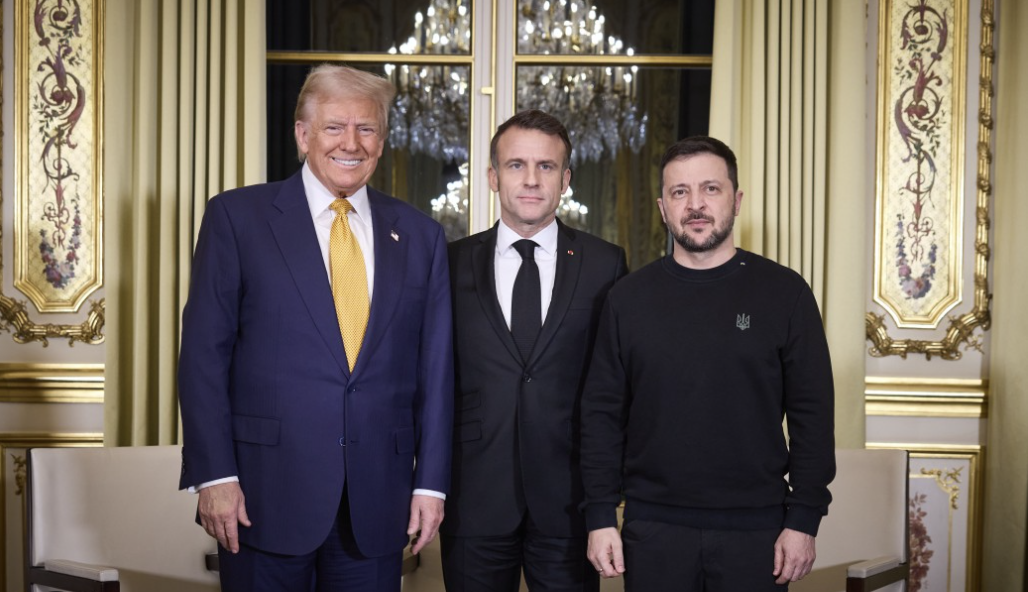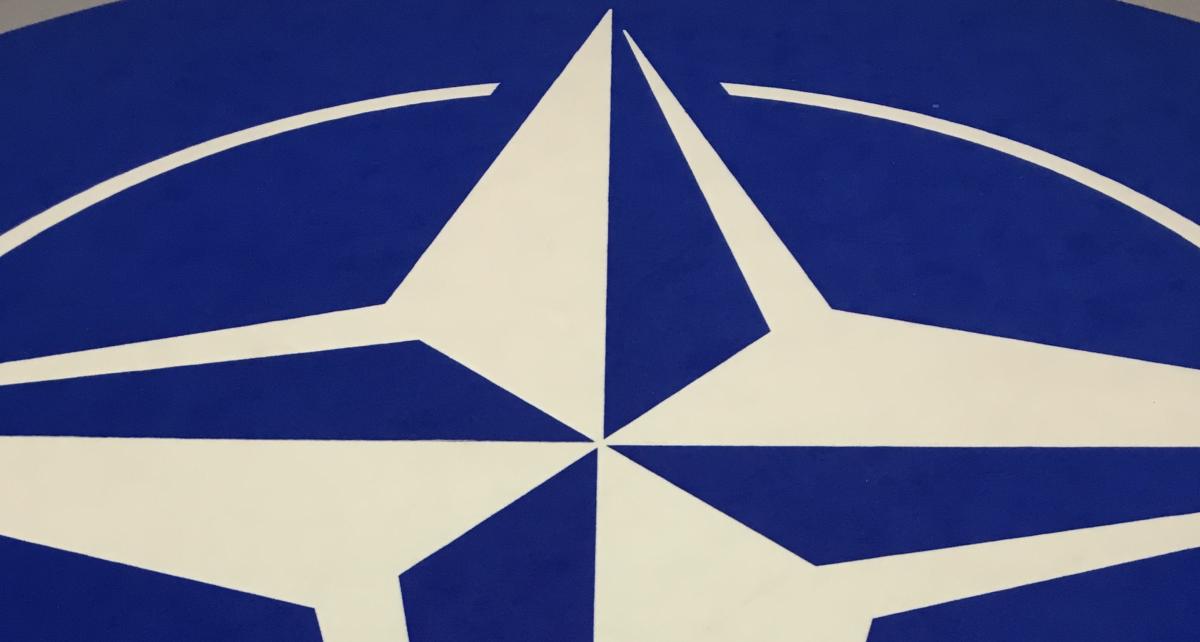
Davide Genini (Dublin City University)
Three years ago, Russia set out to invade Ukraine with the expectation of quickly toppling President Volodymyr Zelensky’s government and installing a compliant regime. What was intended to be a swift and decisive operation has instead become a grinding war of attrition, stretching across three long years. Today, on 24 February 2025, Ukraine stands as a testament to resilience and courage, defying Russia’s illegal and reckless large-scale invasion. Over these three years, the war and its far-reaching consequences have evolved significantly, shaping not only the fate of Ukraine but also the broader geopolitical landscape.
On the battlefield, the conflict has settled into a stubborn stalemate. Despite numerous offensives and counter-offensives, the front lines have remained largely unchanged. Russia continues to control and illegally occupy five critical Ukrainian oblasts – Luhansk, Donetsk, Zaporizhzhia, Kherson, and Crimea – regions that not only hold strategic military value but also provide Russia with extensive access to the Black Sea and complete control over the Sea of Azov. Since the onset of the invasion in 2022, Ukraine has lost approximately 11% of its sovereign territory, a figure that climbs to 18% when factoring in Russia’s 2014 annexation of Crimea.
While the battle for territory grinds on, the war’s repercussions have rippled far beyond Ukraine’s borders, contributing to global instability and new crises. The ongoing conflict has intensified hybrid threats, disrupted global food security, and set off geopolitical shockwaves. The Middle East, for instance, has descended into an increasingly violent Israeli-Palestinian conflict. In West Africa, the withdrawal of Niger, Mali, and Burkina Faso from ECOWAS has destabilised regional cooperation, while Rwanda’s support for rebel groups in the eastern Democratic Republic of the Congo has exacerbated tensions in Central Africa.
The war has also brought into sharp focus the contrasting responses of the North Atlantic Treaty Organisation (NATO) and the European Union (EU). While NATO has reaffirmed its position as the cornerstone of Europe’s collective defence, the EU’s approach has been inconsistent and, at times, ineffective. Sweden’s decision to join NATO, following Finland, has expanded the alliance to 32 members, underscoring the security guarantees that only NATO – backed by US military might – can provide. Throughout 2024, NATO channelled a record €50 billion in military aid to Ukraine, strengthened transatlantic defence industrial cooperation, and centralised the training of Ukrainian forces at the Washington Summit. The Allies, while not yet at Cold War defence spending levels, collectively reached a defence investment of 2.11% of GDP, with NATO Secretary General Mark Rutte advocating for a new 3% target at the Munich Security Conference.
In contrast, the EU has struggled to fulfil its pledge of taking on a greater share of responsibility. As a bloc, the EU has provided roughly €140 billion in aid to Ukraine, including €48 billion in military assistance. However, the focus of this support has increasingly shifted towards macro-financial aid rather than military aid, a change driven by persistent internal divisions among member states. The EU has introduced sixteen rounds of sanctions against Russia but continues to face significant enforcement challenges, as loopholes and circumvention weaken their impact. Moreover, the recently signed Joint Security Commitments agreement with Ukraine, while a step forward, lacks the legal binding force needed to ensure long-term stability. This lack of coherence has left the EU’s support fragmented and unpredictable, undermining its influence and credibility.
As the conflict drags on, Western support for Ukraine has started to wane, particularly as political landscapes on both sides of the Atlantic become more unstable and fragile. Within Europe, uncertainty reigns. Hungary and Slovakia remain firmly pro-Putin in their foreign policies, while Italy fluctuates between alignment with European policies and with Trumpist ideas. In France, political instability threatens to topple the government at the first sign of tension. Meanwhile, in yesterday’s election in Germany, the centre-right Christian Democratic Union (CDU) led by Friedrich Merz secured an electoral victory, but the far-right Alternative for Germany (AfD) made unprecedented gains, marking the strongest showing for a German far-right party since the Second World War.
Across the Atlantic, Donald Trump’s re-election as President of the United States has further strained transatlantic ties and cast a shadow over Ukraine’s future. His administration’s foreign policy, marked by isolationism, trade tariffs, and transactional diplomacy, has challenged the historic bond between Europe and North America. Trump has emboldened Russia to act freely against European nations investing less than 5% of their GDP in defence. His proposal to secure exclusive US rights worth $500 billion to Ukraine’s mineral, oil, and gas resources in exchange for vague security guarantees has raised serious concerns about Ukraine’s future security. Furthermore, Trump’s unilateral peace talks with Russia, which have excluded both the EU and Ukraine, undermine the commitments made by the international community at the 2024 peace summit in Switzerland. US Defence Secretary Pete Hegseth’s statement that restoring Ukraine’s internationally recognised borders is "unrealistic" has only deepened the sense of betrayal.
To conclude, the key takeaway from the third year of incessant war in Ukraine is two-fold. Firstly, EU Member States must initiate a serious debate on building a credible European defence, with treaty changes on the table. The core issue lies in the persistent lack of consensus among EU leaders on critical topics such as Eurobonds, real defence industrial cooperation, and the formation of a common European army. The newly elected Chancellor Merz’s intention to ease Germany’s ‘debt brake’ – a fiscal constraint introduced by Angela Merkel in 2009 following the banking crisis – could prove to be a decisive turning point for the European economy and its defence ambitions.
Secondly, Ukraine urgently needs and deserves clear, pragmatic, and effective security guarantees for its future – something only NATO membership can truly provide. Joining NATO is the only viable path to achieving a comprehensive, just, and lasting peace. The harsh lessons of the past cannot be ignored. When Ukraine signed the 1994 Budapest Memorandum, it gave up its nuclear weapons in exchange for US security assurances – a pact that dramatically failed. Now, more than two decades later, with three years of brutal war still ongoing, Ukraine’s accession to NATO is not just a strategic priority but an absolute necessity. President Zelensky himself has indicated his willingness to step down if it would facilitate Ukraine’s path to NATO membership, demonstrating his commitment to the nation’s security and future stability.
The true lesson of the third year of this war is clear: Ukraine’s security must be treated with the seriousness it deserves – once and for all.

Davide Genini is a PhD candidate in EU law at Dublin City University specialising in European security law. He holds a Master of Law from Bocconi University, Italy, where he also worked as a researcher. Davide has also worked as a policy advisor at the Permanent Representation of Italy to NATO.
His research focuses on EU-US foreign and security law, defence industrial law and NATO law.



